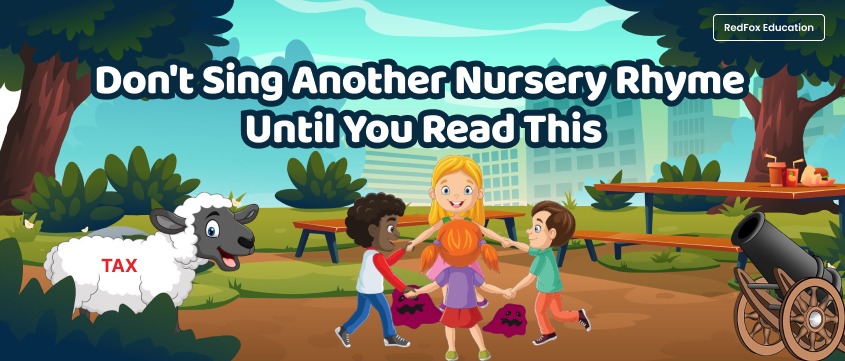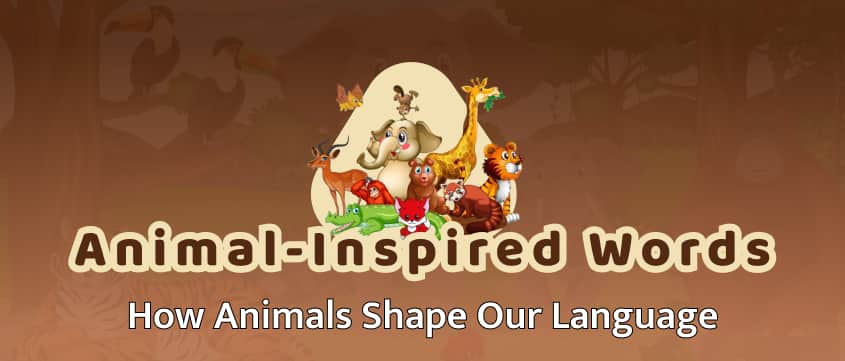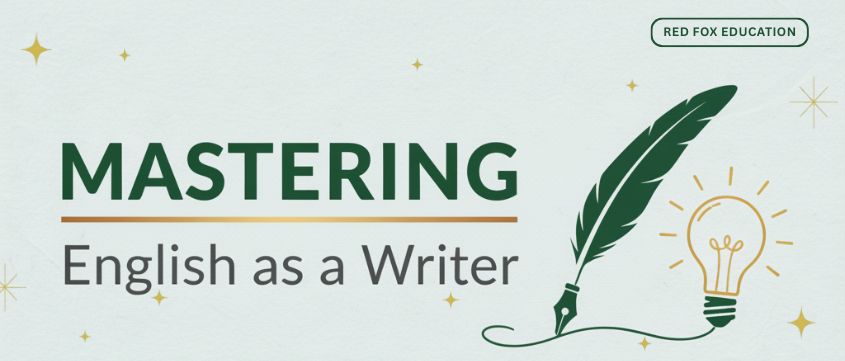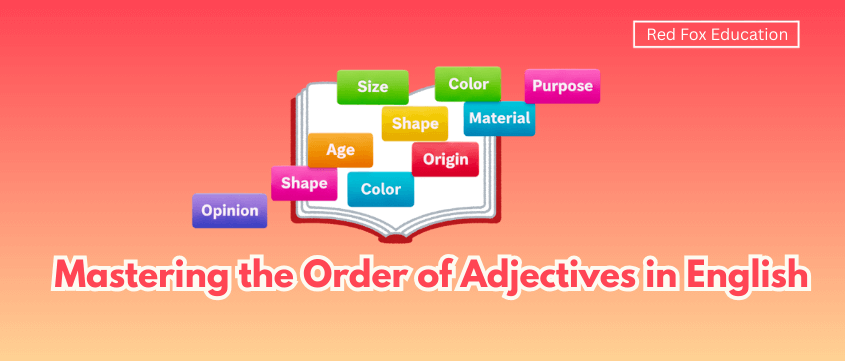Nursery rhymes often bring back sweet memories of childhood — singing simple tunes without a care in the world. But what if we told you that many of these innocent-sounding songs are actually hiding dark secrets? For centuries, people have used nursery rhymes as a clever way to share forbidden news, protest against rulers, and even talk about plagues and wars — all without attracting the wrong kind of attention. Behind the playful lyrics are stories of struggle, survival, and history that’s far from child’s play.
Take “Ring Around the Rosie,” for example. Many historians believe this nursery rhyme dates back to the time of the Black Death in the 14th century. The "rosie" refers to the rash that was a symptom of the plague, and "pocket full of posies" speaks of the flowers people carried to try to ward off the disease. The cheerful "ashes, ashes" may echo the sneezing sounds of the sick, or even the cremation of the dead. Suddenly, the circle dance around the "rosie" doesn’t feel so playful anymore — it feels chilling.
Another rhyme with a secret past is “Baa Baa Black Sheep.” Though it sounds like a simple farm story, it is believed to reference a heavy wool tax imposed during medieval England. In the rhyme, the "master" and the "dame" each take their share of the wool, leaving little for the poor shepherd. Some interpretations even suggest that the rhyme reflects resentment towards unfair taxation, hidden safely within a children’s song to avoid punishment.
Then there’s the famous “Humpty Dumpty.” Contrary to popular belief, Humpty was not originally described as an egg. Many historians think Humpty Dumpty was a cannon used during the English Civil War, perched on a wall during the siege of Colchester. When the wall crumbled, so did Humpty — and despite all efforts, the cannon could not be repaired. What sounds like a clumsy egg’s fall might actually be a reminder of war and loss hidden behind playful language.
Even “Mary, Mary, Quite Contrary” is not as innocent as it seems. Some believe it is about Mary I of England, known as "Bloody Mary," who was infamous for her persecution of Protestants. The "silver bells" and "cockle shells" mentioned in the rhyme could be references to instruments of torture, and the "pretty maids all in a row" might represent the executions she ordered. Once you see it this way, the cheerful garden Mary tends to becomes a field of sorrow.
Why did people encode such dark messages into nursery rhymes? In times of censorship and fear, direct criticism of rulers or open discussion of tragic events could be dangerous — even deadly. By hiding messages inside catchy, easy-to-remember songs, ordinary people could pass down warnings, tell their version of events, and keep their culture alive without drawing suspicion.
So, the next time you hum a familiar nursery rhyme, pause for a moment. You might just be singing a centuries-old code — a story of survival, rebellion, and resilience that has been hiding in plain sight all along.
Get unlimited access to our Premium products with Red Fox Education's English courses, designed to give you the language skills and confidence needed to hold conversations in spoken English on a variety of topics.
If you still don't have the Red Fox Education mobile app download it.
Apr 29, 2025 | English | No Comments











